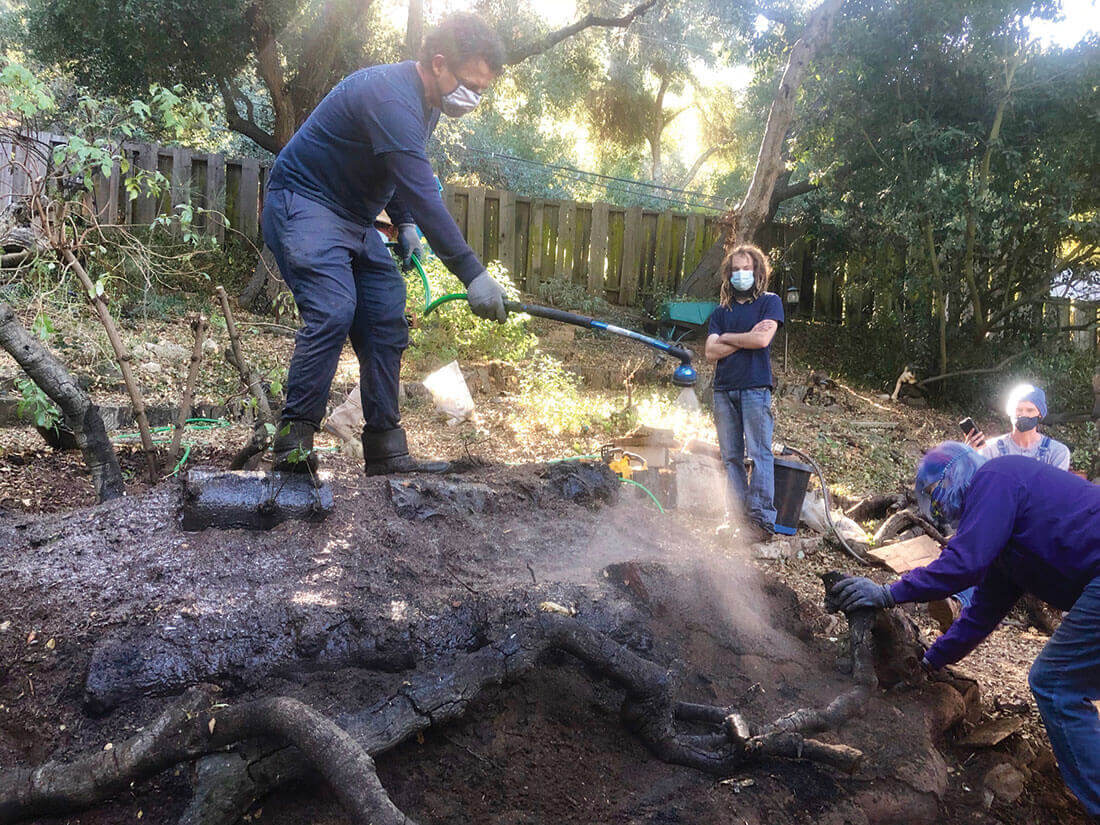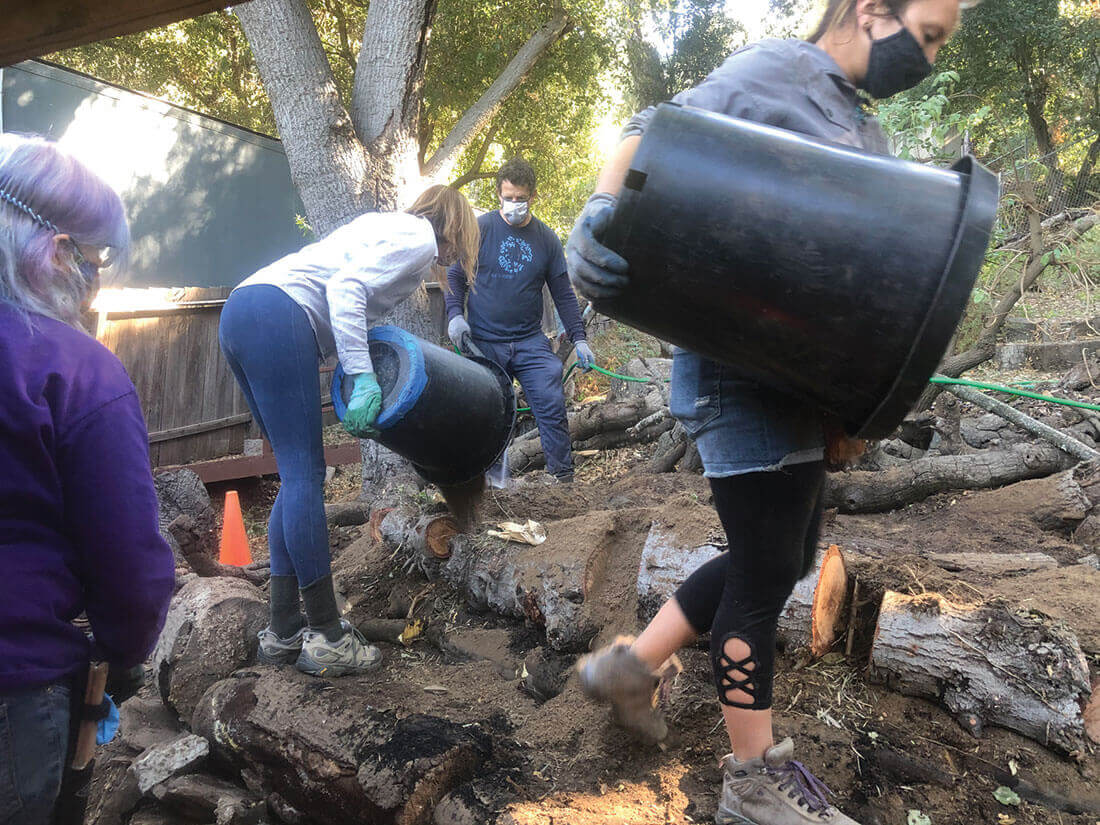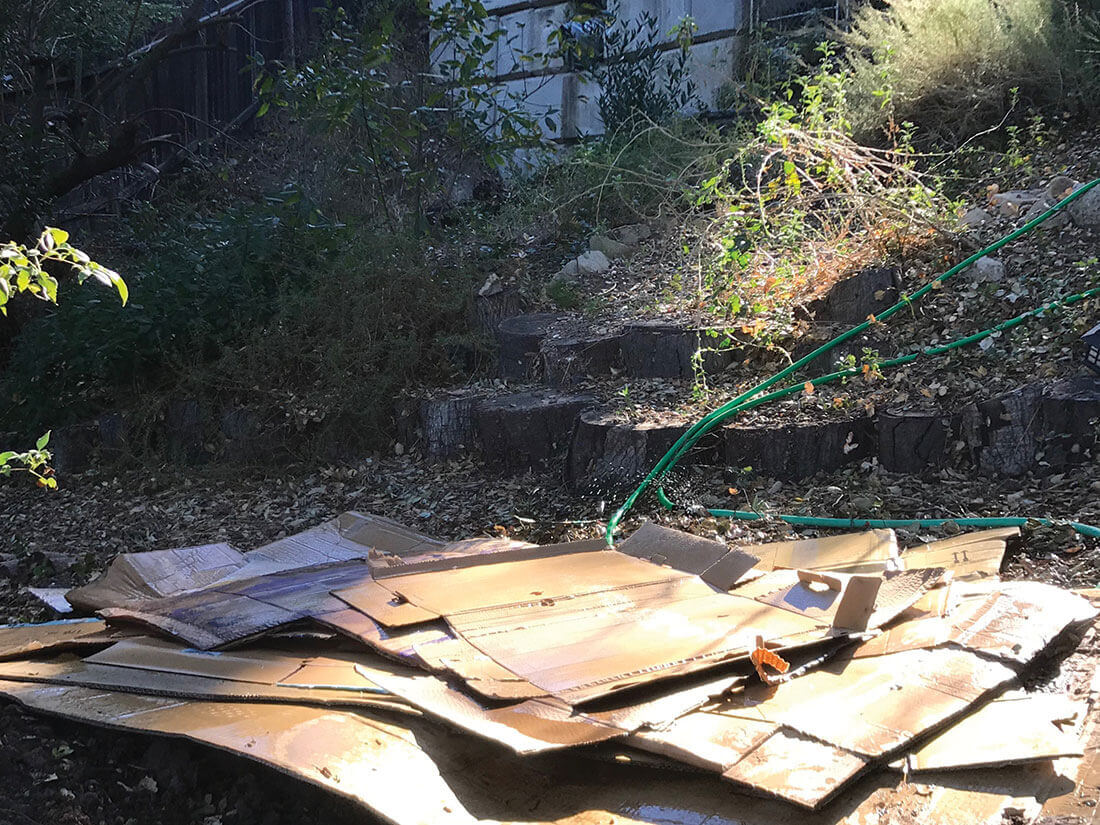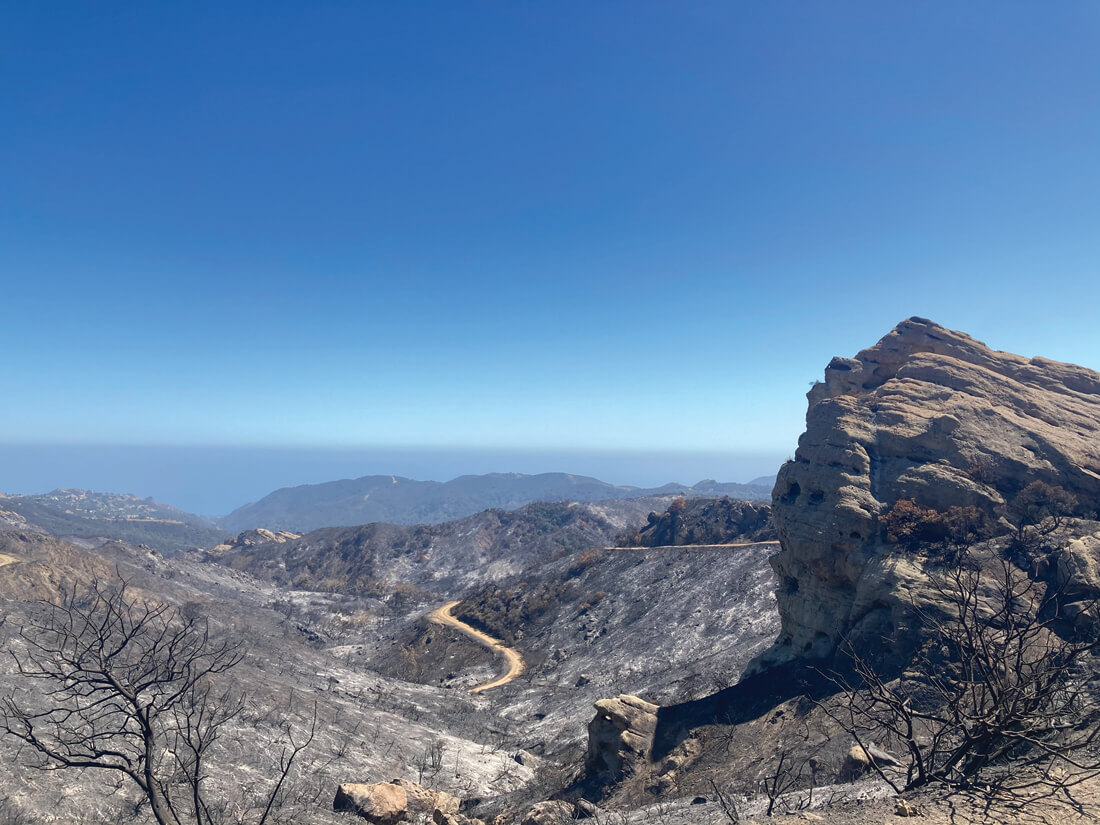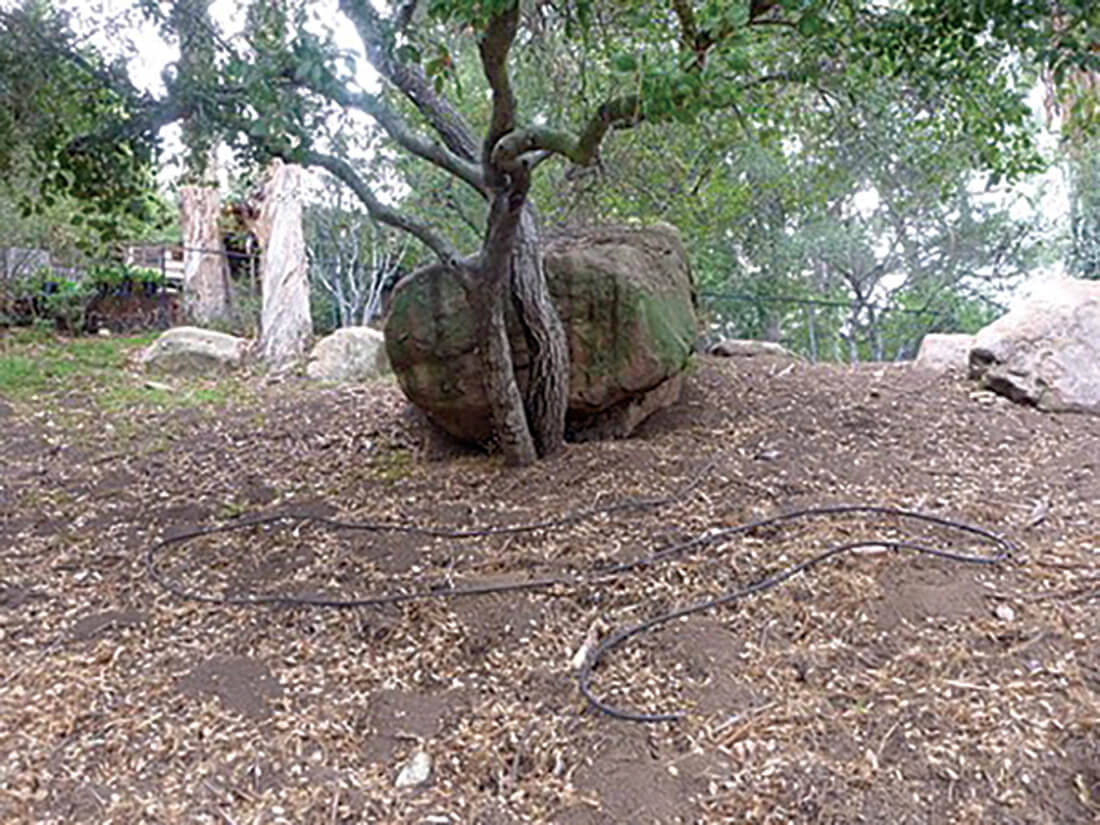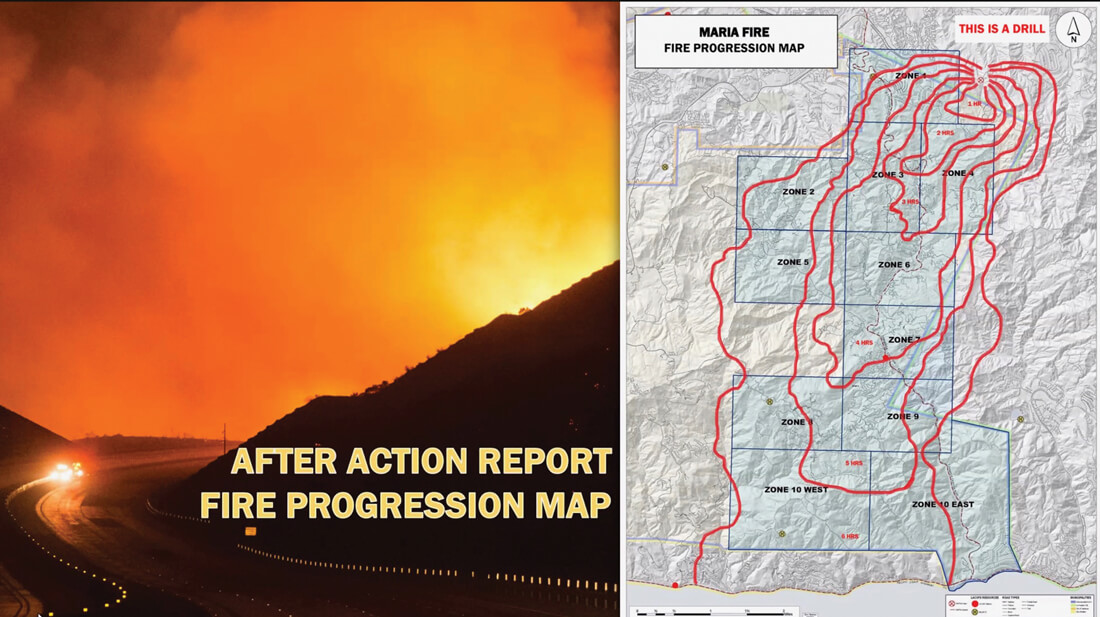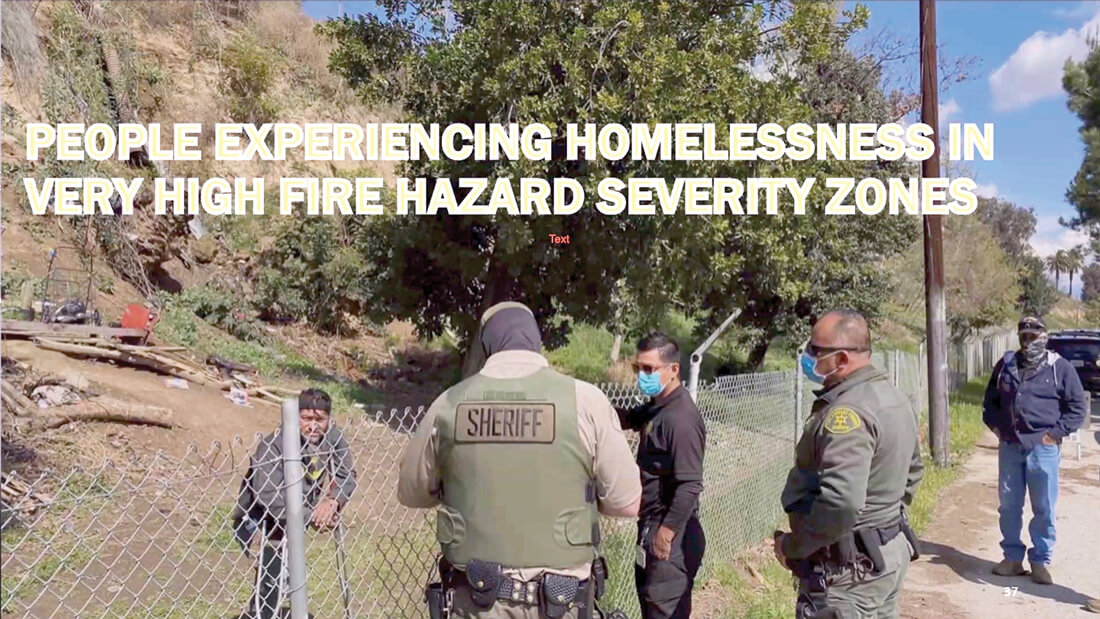Hugelkultur: Learning to Love Carbon
By Flavia Potenza
Carbon sequestration in
the most sustainable sense of the word.
A pile of native soil with four shovels standing like sentinels, flattened cardboard boxes, tubs of green waste, old fence boards, and dead tree limbs of varying sizes and shapes, were within easy access to a slope in Native American (Hupa tribe) Kat High’s back yard.
Buckets containing a mysterious substance called bio-char and a spray bottle containing bamboo vinegar also stood at the ready as did the eight people in attendance early on a Saturday morning.
This was one of High’s Kiddiwische workshops that introduce ancient traditions and methods of American Indian cultures about living sustainably with the earth. Audience attendance was by invitation only, reduced due to the CDC’s COVID-19 pandemic advisories. Everyone wore masks and kept distanced, even in an outdoor work environment like this.
Leading the workshop were Regenerative Garden Designers Leigh Adams and Shawn Maestretti, who is a licensed landscape architect, California contractor, and ISA certified arborist. They were fresh out of a biodiversity symposium in Los Angeles and had the enthusiasm to show for it. After brief introductions, they directed the group to a small sloped area where Maestretti had carved away the first level of what would become a Hugelkultur berm, or mound “that would harvest and retain moisture, build healthy soil, grow a healthy garden, and support community.”
Hugelkultur (a German noun that translates to “mound culture”) is a horticultural technique where mounds constructed in layers of wood materials, such as felled trees and other compostable biomass, are used as raised planting beds. Practiced in Germany and Eastern European societies for hundreds of years, the technique is being revitalized as an important, sustainable solution in modern regenerative gardens.
High’s slope would become the beginnings of a terraced mound that would nourish her soon-to-be sustainably landscaped yard where she holds her workshops.
“First, we’ll layer the cardboard (carbon) and wet it,” said Maestretti “Then we add green waste (nitrogen), some of this wonderful alpaca dung that Leigh found, decomposed wood, branches, and soil, wetting each layer as we go along.” The two were ecstatic about the alpaca dung but any kind of manure can be used.
“Think of lasagna,” he explained as he maneuvered a huge slab of cardboard, “the holy grail of cardboard,” and tossed a few handfuls of leaves and twigs to ensure air pockets that would keep the process from becoming anaerobic. “Don’t discriminate against carbon,” Maestretti said.
“Cardboard is our invitation to the mycorrhizal fungi to break down the decaying wood and to other fungi that break down hydrocarbons (e.g., wax-lined food containers) and stil other organisms that produce a healthy soil-to-food-to-web system,” Adams said. The fungi are found throughout the world in organic material and supporting interconnected living systems.
The group set to, dragging and layering the cardboard into place, wetting it down and following in turn with scrap wood and branches, leaves, and the “magical” biochar and bamboo vinegar, all covered with soil. Larger tree branches were layered in the remaining three layers with what Leigh referred to as the gnarled and curved “sexy logs,” woven together as “fencing” to support the mound.
The mound-building finished, the morning ended with a delicious lunch, a feast featuring Kat High’s fried steelhead trout with lemon sauce, and Maestretti’s veggie chili, a wild rice and cattails salad, elderberry fizz to drink, and mesquite pecan cookies, and so much more.
In their newsletter, Adams and Maestretti also recommended a new book, “Burn: Using Fire to Cool the Earth,” by Albert Bates and Kathleen Draper: “Right now carbon is getting a bad rap. Carbon creates dirty energy. Carbon creates grit, grime and gunk,” they write. “Carbon should be global-warming enemy number one. But in truth, carbon is something we should all love and cherish. Carbon is life. In the right balance, carbon gives life.”
Photo by Kat High
Shawn Maestretti puts the finishing touches on the mound as Leigh Adams weaves lacing logs, what she calls the “sexy logs” into a kind of fencing to support the mound.





